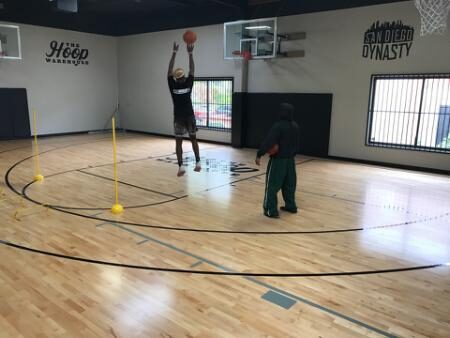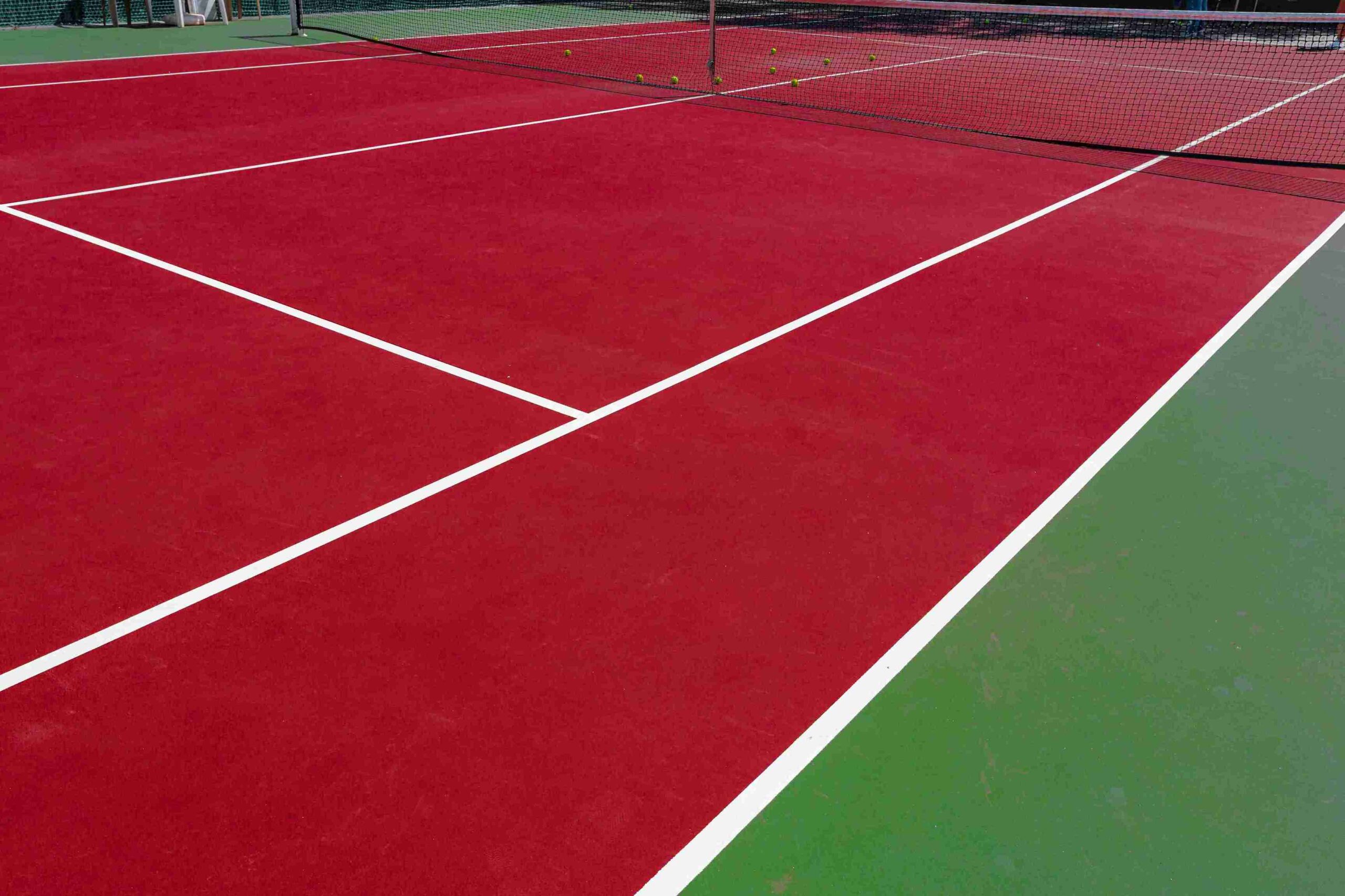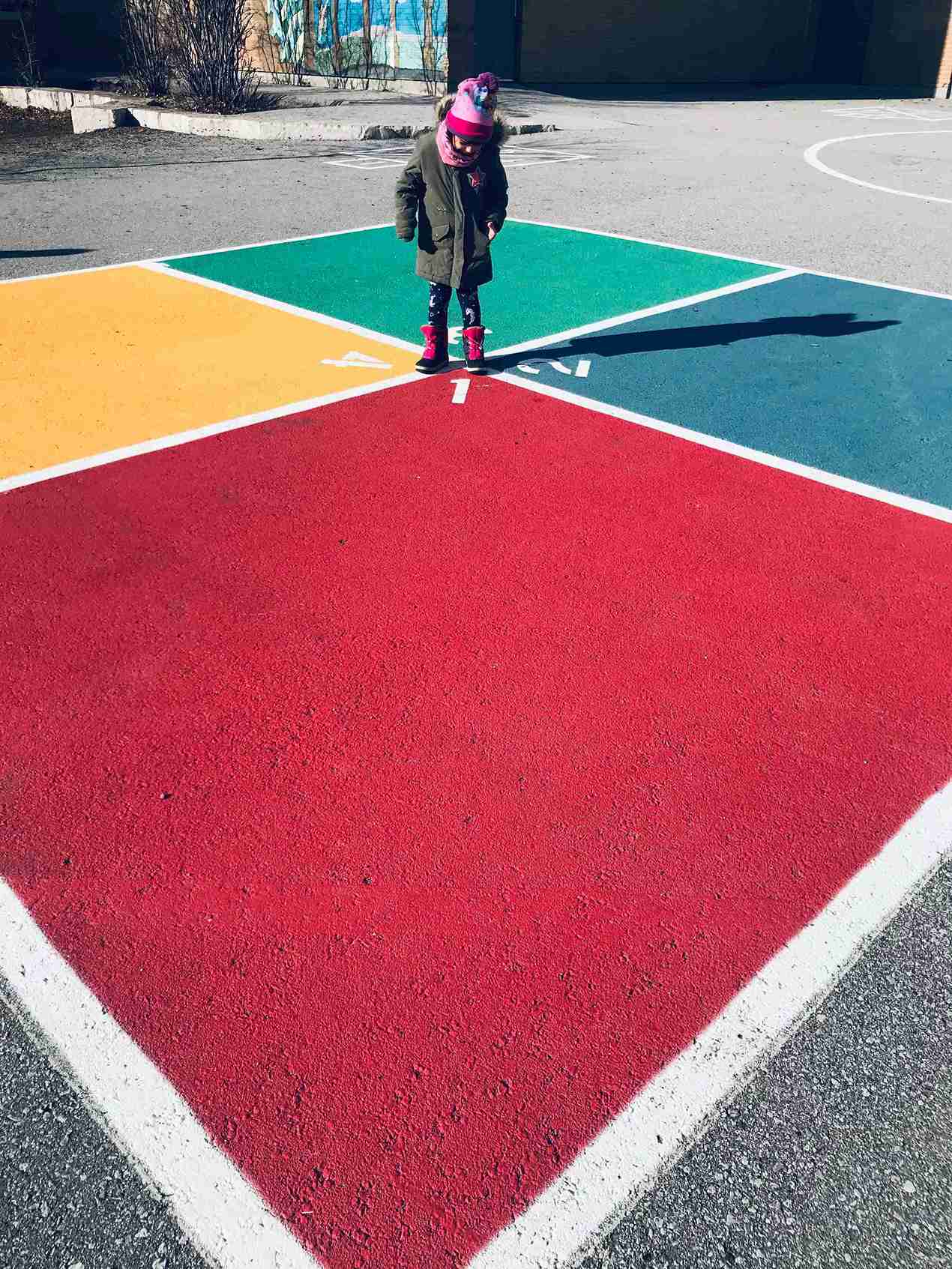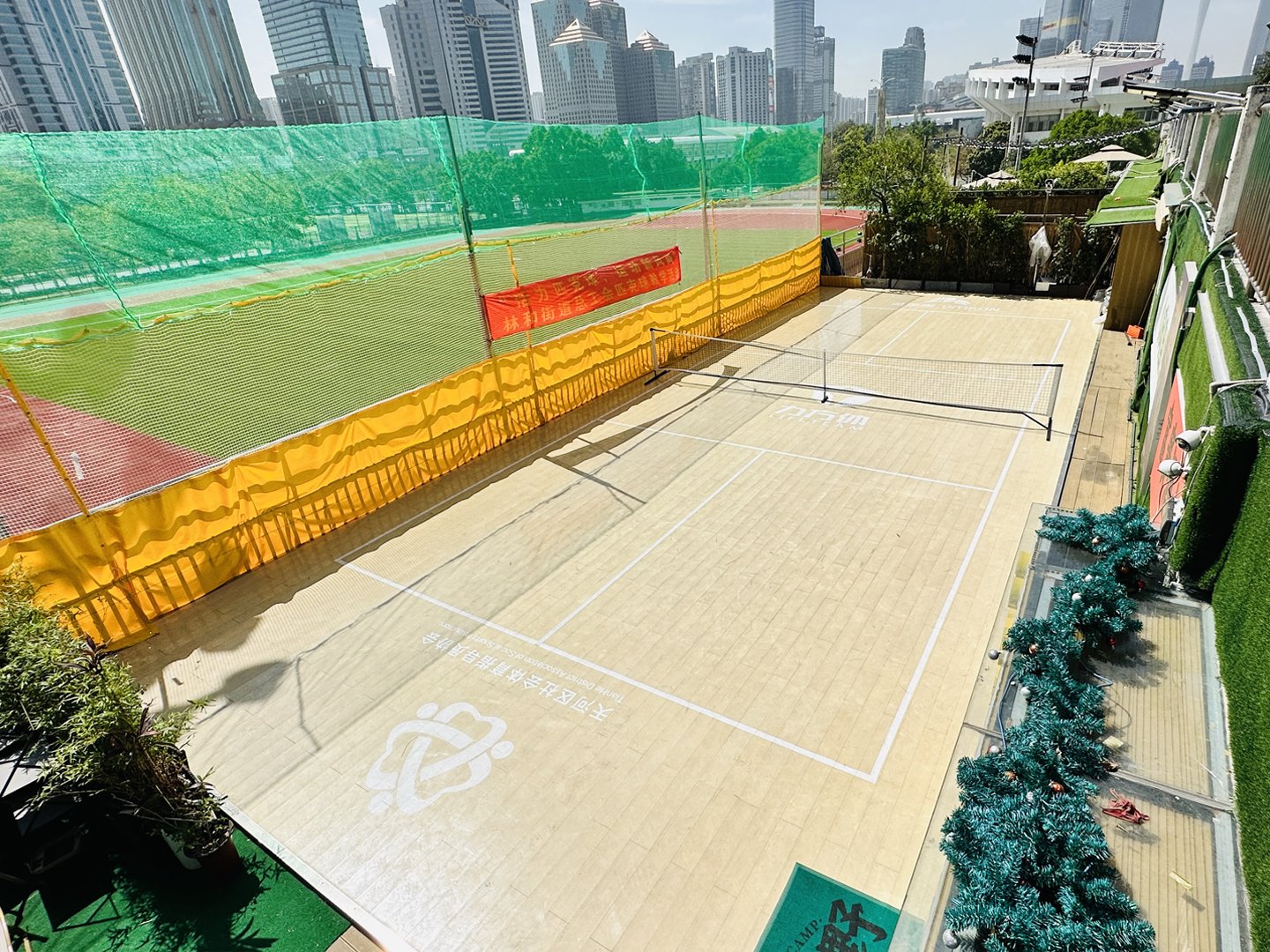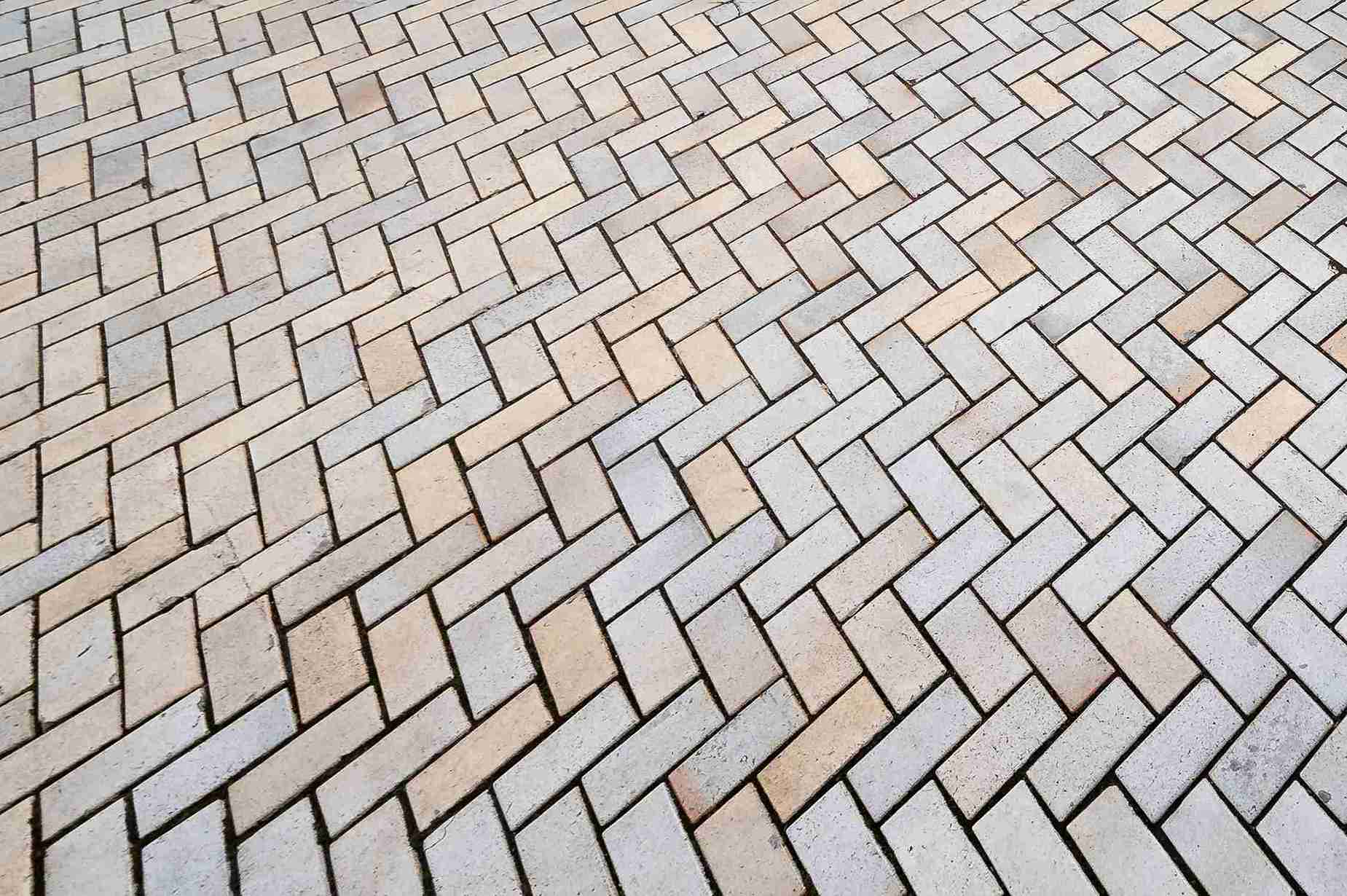Professional basketball courts are known for their smooth, durable surfaces that provide the perfect playing conditions. One material consistently chosen for these courts is wood, particularly maple. Wood flooring offers a unique combination of durability, performance, and aesthetic appeal, making it the preferred choice for athletes, coaches, and event organizers.
In this article, we’ll explore the reasons why wood flooring is the go-to option for professional basketball courts, from its impact on player performance to its longevity and maintenance benefits.
The Importance of Flooring in Professional Basketball Courts
Flooring plays a critical role in professional basketball, affecting both player performance and safety. The right court surface ensures optimal traction, absorbs impact, and provides a consistent bounce for the basketball. For elite athletes, the choice of flooring is vital for preventing injuries and maintaining top-level performance during high-intensity games and practices.
Among various flooring options, wood stands out as the preferred choice for basketball courts around the world. Its unique combination of durability, flexibility, and bounce makes it the ideal surface for professionals, creating an environment that enhances both the game and the players’ experience.
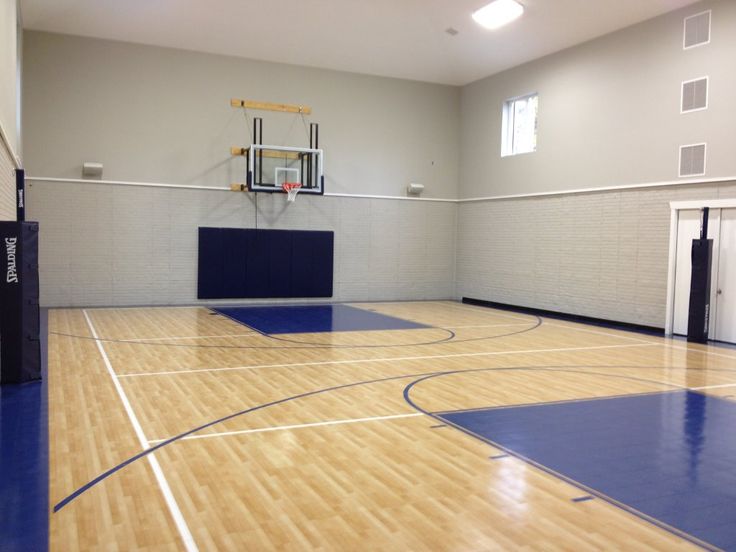

What Are The Unique Qualities of Wood Flooring in Basketball Courts?
Wood flooring has several unique qualities that make it the ideal choice for basketball courts.
1. One of the primary advantages is its shock absorption.
The natural resilience of wood helps absorb the impact from players’ movements, reducing the risk of injuries to joints and muscles during high-intensity games. This ability to cushion landings is crucial for players who make frequent jumps and fast sprints on the court.
2. In addition to shock absorption, wood flooring provides excellent traction.
The surface allows players to make quick cuts, pivots, and stops with confidence, improving their overall performance. The smooth yet grippy nature of wood helps maintain balance, which is vital in a fast-paced game like basketball.
3. Wood flooring is also known for its resilience.
It can withstand heavy foot traffic, constant use, and the wear and tear from both games and practices. High-quality hardwood floors, such as maple, are known for their durability and long lifespan, making them a cost-effective investment in the long run.
4. Lastly, aesthetic appeal plays a significant role.
Wood courts have a classic, polished look that adds to the prestige of professional basketball arenas. The rich, warm tones of hardwood flooring enhance the overall appearance of the court, making it visually appealing for both players and spectators.
These qualities make wood flooring the perfect choice for basketball courts, offering a blend of performance, safety, durability, and beauty.
History of Wood Flooring in Basketball Courts:
Wood flooring has a long history in the world of basketball, becoming the material of choice for professional courts since the sport’s inception. The tradition of using wood dates back to the early 20th century when basketball was first played in gyms with wooden gym floors.
At that time, wood was a common building material for indoor courts due to its durability, availability, and affordability. Over time, wood flooring proved to offer the best combination of performance and longevity, making it the standard for basketball courts worldwide.
The introduction of maple wood specifically revolutionized basketball court surfaces. Its dense, smooth texture provided excellent traction and bounce for the ball, while also offering shock absorption to protect players’ joints.
As the sport evolved and became more competitive, the benefits of wood flooring became even more evident. In the 1940s, wood floors began to dominate professional arenas, with the NBA adopting them in their first seasons.
Even as new materials have emerged, wood flooring has maintained its position as the ideal choice due to its unmatched performance qualities and its ability to withstand constant use.
Today, maple remains the preferred wood for basketball courts, a testament to its durability and consistency over the decades. The tradition of wood flooring in basketball courts continues not only because of its functionality but also because it represents a legacy of excellence in the sport.


How Wood Flooring Enhances Performance and Player Safety?
Wood flooring plays a crucial role in enhancing both player performance and safety on basketball courts. One of the key benefits is its shock absorption capabilities. When players jump, land, or make sudden movements, the natural elasticity of wood helps cushion the impact, reducing strain on their joints, muscles, and bones.
This is especially important for preventing injuries like sprains, strains, and stress fractures, which are common in high-impact sports like basketball. By absorbing the shock from repeated jumps, wood floors provide a safer environment for players, allowing them to perform at their best without the constant risk of injury.
In addition to shock absorption, wood flooring offers superior grip. The smooth yet textured surface of wood allows players to make quick cuts, pivot, and stop without slipping, giving them better control during intense movements. This increased traction helps athletes execute fast maneuvers with confidence, reducing the risk of falls and ankle injuries. The grip of wood floors allows for precise footwork, a key element in basketball performance, whether it’s for offense or defense.
Wood flooring also contributes to player comfort. The consistent, flat surface of wood ensures stability, allowing players to move fluidly without worrying about uneven or slippery patches. The natural warmth of wood provides a more comfortable surface for players, which is especially important during long practices or games. This comfort level can help players maintain their focus and energy levels, contributing to better performance overall.
Wood Flooring vs. Other Materials: Why Rubber, Vinyl, and Concrete Don’t Compare
When it comes to professional basketball courts, wood flooring stands out as the clear choice, offering unique benefits that other materials simply can’t match. While rubber, vinyl, and concrete are sometimes used for recreational or training courts, they don’t offer the same level of performance, safety, and durability as wood.
A detailed comparison of wood with these common materials is discussed below:
1. Rubber Flooring:
Rubber flooring provides a soft, cushioned surface that offers some shock absorption. However, it lacks the natural traction that wood provides. Rubber can become slippery, especially when it gets wet, which increases the risk of falls and injuries. Additionally, rubber surfaces can wear down over time and may not provide the same bounce or ball control as wood, which is crucial for professional-level gameplay.
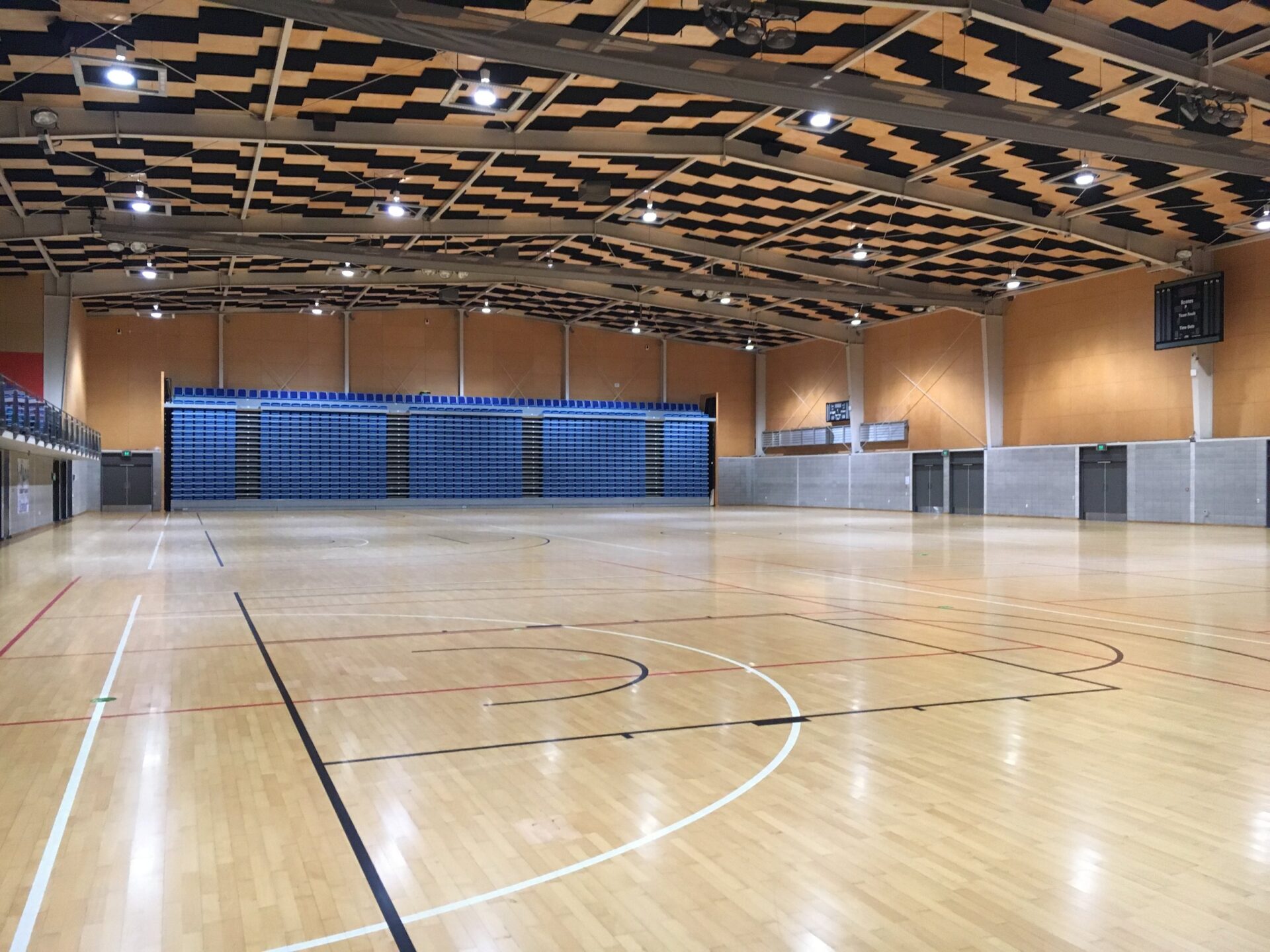

2. Vinyl Flooring:
Vinyl floors are often used in recreational spaces due to their low cost and ease of maintenance. However, vinyl doesn’t offer the same shock absorption as wood, which means players are more prone to joint strain from repeated jumps and landings.
Additionally, vinyl surfaces can become slippery under certain conditions, making it difficult for players to maintain traction during high-speed maneuvers. While vinyl is durable, it lacks the aesthetic appeal and performance benefits that wood brings to professional basketball courts.
3. Concrete Flooring:
Concrete is a durable and affordable option, but it falls short in terms of player comfort and safety. Concrete floors are incredibly hard, providing little to no shock absorption. This increases the risk of injuries such as sprains and fractures, especially for players making frequent jumps and landing with significant force.
Concrete also lacks the necessary traction to allow for smooth, controlled movements, which can lead to slips or falls. Additionally, the hardness of concrete can be uncomfortable for players over long practice sessions or games.
Why Wood Flooring Stands Out?
Wood flooring, especially maple, is the best option for professional basketball courts for several reasons. It offers optimal shock absorption, protecting players’ joints and minimizing injury risks. The natural surface provides excellent traction, allowing players to move quickly and confidently without slipping.
Wood also offers a consistent bounce for the ball, making it ideal for competitive play. Finally, premium wood flooring is incredibly durable and can withstand heavy use, ensuring long-term performance with minimal maintenance.
While rubber, vinyl, and concrete may be suitable for some purposes, wood flooring remains the gold standard for professional basketball courts, providing the ideal combination of safety, performance, and aesthetics.
Conclusion:
Wood flooring remains the preferred choice for professional basketball courts due to its unmatched combination of shock absorption, traction, and durability. It not only ensures player safety by reducing injury risks but also enhances performance by providing a consistent bounce and smooth surface.
While materials like rubber, vinyl, and concrete have their uses, none compare to the comprehensive benefits of wood for elite-level basketball. If you’re looking to install high-quality wood flooring for your basketball court, VMKON offers professional services that guarantee exceptional results.
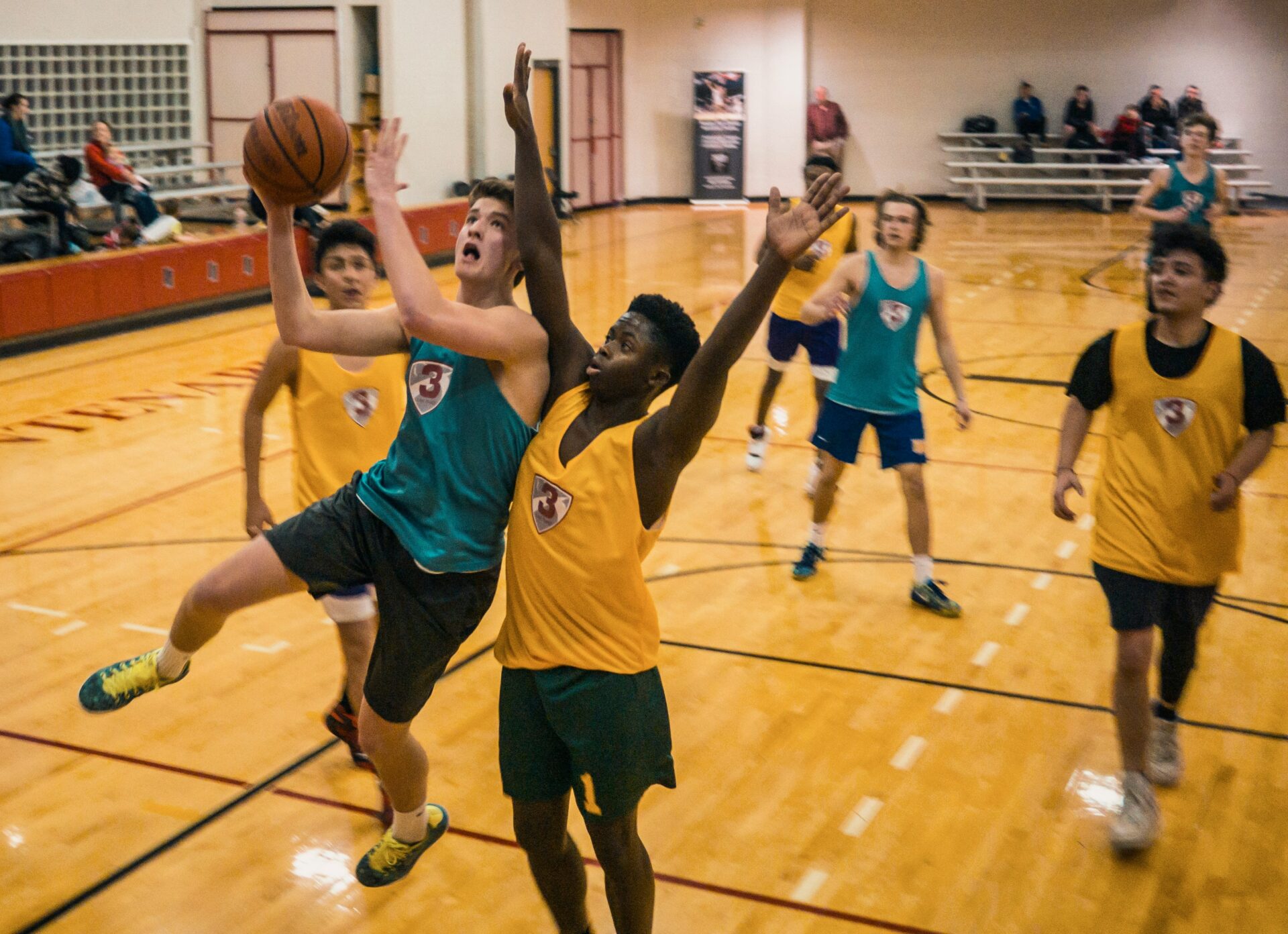

FAQs
Why is wood flooring better for basketball than other materials?
Wood flooring provides superior shock absorption, grip, and bounce, which are crucial for player performance and safety. Other materials like rubber and vinyl can’t match these benefits.
How long does wood flooring last on a basketball court?
With proper care and maintenance, wood flooring can last for many years, making it a durable and long-term investment for professional basketball courts.
Can wood flooring be used for outdoor basketball courts?
Wood flooring is generally best suited for indoor use due to its sensitivity to weather conditions. For outdoor courts, other materials like rubber or acrylic are often used.

